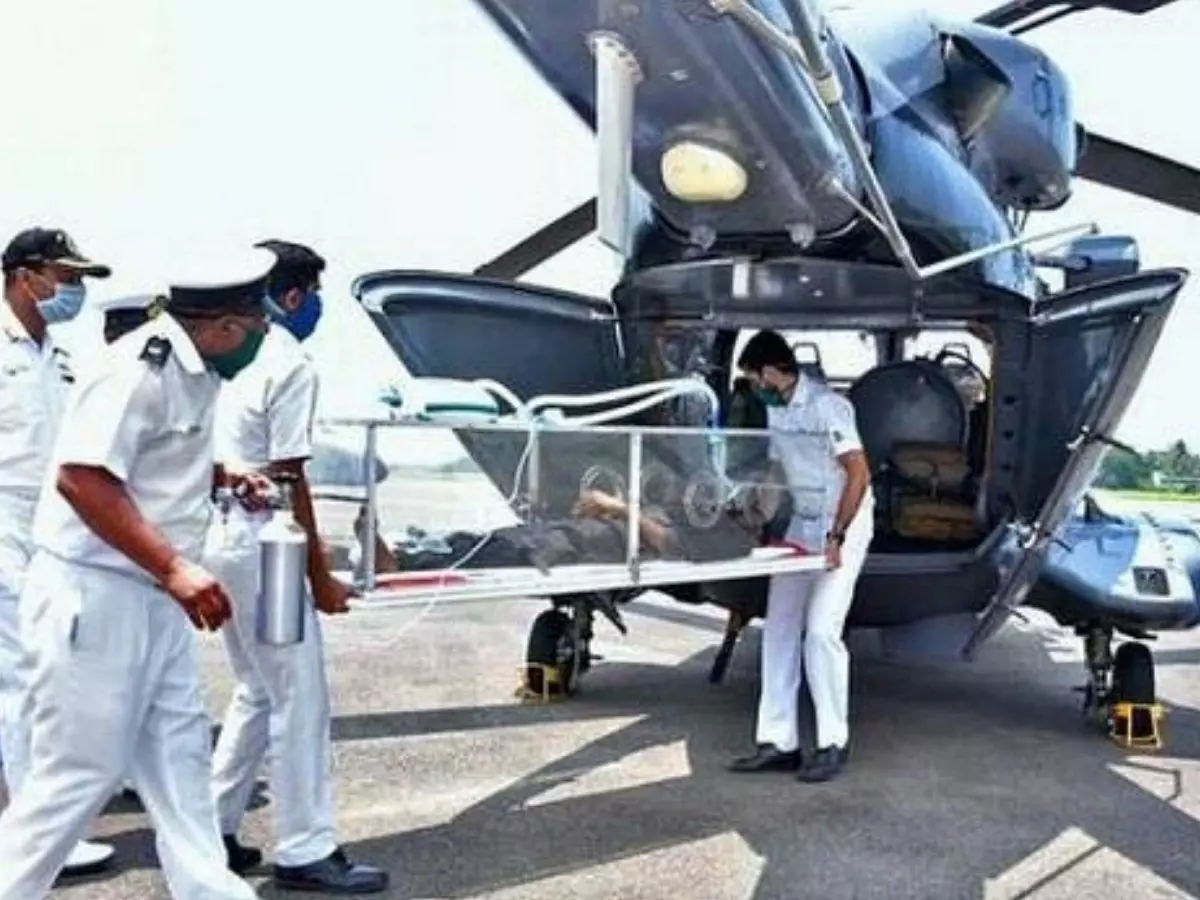Indian Navy Builds Transfer Pod For COVID-19 Patients, It's 100 Times Cheaper Than Imported Pod
Sometimes, people are living in secluded locations that don*t have access to modern healthcare and necessary equipment or personnel to take care of patients there. For bringing such patients in remote areas, Indian Navy has developed a smart evacuation pod.

COVID-19 has taken over our world today, and authorities both in our nation and across the world are trying their best to contain the spreading of the novel coronavirus.
 Reuters
Reuters
While we*re lucky being locked down in a city where we are not very far away from getting medical attention in case something went wrong, however, not everyone*s that lucky.
Sometimes, people are living in secluded locations that don*t have access to modern healthcare and necessary equipment or personnel to take care of patients there. For bringing such patients in remote areas, Indian Navy has developed a smart evacuation pod.
 ANI
ANI
Reported first by PTI, the pod has been indigenously designed by the Indian navy. Called the Air Evacuation Pod or AEP. it is essentially a sealed glass capsule that can accommodate one patient at a time and prevent not contracting anybody else in transit.
Since the patient isn*t really out of the capsule, neither are the pilots or co-passengers in danger of getting infected nor the need to disinfect the aircraft arises, thus cutting costs as well as saving time for conducting more evacs.
The AEP is designed under the guidance of Principal Medical Officer of the naval air station INS Garuda while consulting with naval hospital INHS Sanjivani and Southern Naval Command headquarters.
 ANI
ANI
The whole contraption is made with the help of aluminium, nitrile rubber and perspex. The entire unit weighs just 32 kilograms costs just Rs 50,000 -- whereas a similar imported unit costs Rs 59 lakhs, according to the spokesperson in conversation with PTI.
The spokesperson further stated, "Trials of patients inside AEP were undertaken onboard Advanced Light Helicopter (ALH) and Dornier aircraft of Indian Navy at Southern Naval Command and successfully completed on April 8. Twelve AEPs are planned for distribution across Southern, Western, Eastern and Andaman and NicobarNaval commands."
